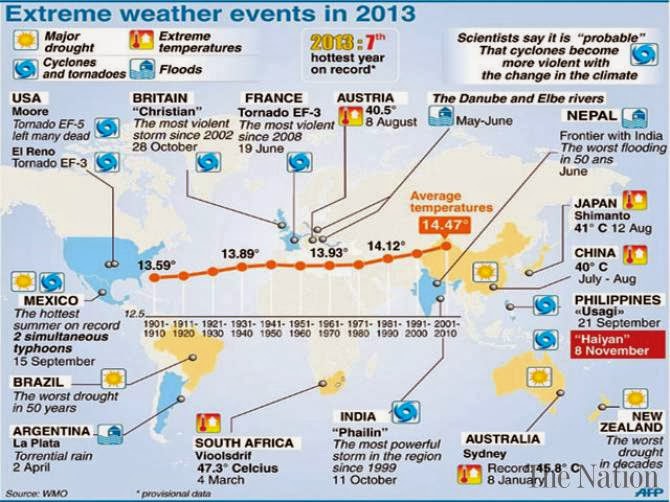"Really, this is the very worst time of year to be making plans. Winter in these climes keeps a person trapped inside for so long that by the time February comes around one is positively delusional with grandiose plans for the coming year."
--Posted by Rundy under 'Wishlist' 2/14/04
Over the past 5 years I have incorporate a variety of elements into our landscape including:
- herb garden (sage, tarragon, anise hyssop, oregano, thyme, lemon balm, lavender, chives, walking onion,…)
- raised vegetable bed (tomatoes, peppers, squash planted annually) square foot gardening techniques
- fruit bed (cherry tree, strawberries, rhubarb, raspberries)
- compost bin
- hybrid tea rose bed
- hummingbird bed (including hummingbird feeders filled with sugar solution)
- oriole feeder (holds orange halves)
- bird friendly area (platform & tube feeders, shrubs with berries provide shelter too)
- native bed
- monarch way station-milkweed & nectar plants
- host & nectar plants for butterflies & other pollinators
- plants with seeds & berries for birds & birdhouses
- plants that tolerate moist conditions along front edge of bed to allow bed to function as "rain garden" preventing water from running into drainage ditch that flows into lake
- contracted & supervised construction of rock retaining wall to reinforce existing concrete retaining wall
- contracted & supervised construction on water feature including pond and waterfall
- contracted & supervised construction of sand beach by pond
- contracted & supervised construction of permeable path & fire pit
- perennials planted in beds adjacent to pond
- hosta bed
- butterfly beds-host & nectar plants
- hosta borders
- shrub rose borders
- evergreen foundation plantings
- bulb bed by mailbox (narcissus, day lilies, angelina sedum)
- perennial bed surrounding large spruce
Annual tasks
- add annual herbs (basil, rosemary,…)
- plant tomatoes, peppers, squash, …
- move selected potted plants outdoors for summer (mint, yellow hibiscus…)
- dig & divide for Master Gardener plant sale
- prune dead wood & crossing branches
- encourage rabbit(s) to relocate
- discourage deer from browsing
Some additions I'm considering adding:
- rain barrel-need to finish painting, cut downspout to attach barrel, attach hose to spigot on barrel
- purple martin house-have house, hole dug in fall-need to locate pole that will allow house to be attached securely
- compass bed designed to aid in orientation of plantings
- sundial to aid in estimating time while working in garden
- Little Free Library-add glass window, consider drainage issues for green roof, paint with nature-themed design, waterproof, plant succulents on roof, collect books
- expand native plant bed
"Don’t judge each day by the harvest you reap but by the seeds that you plant."
~Robert Louis Stevenson














































